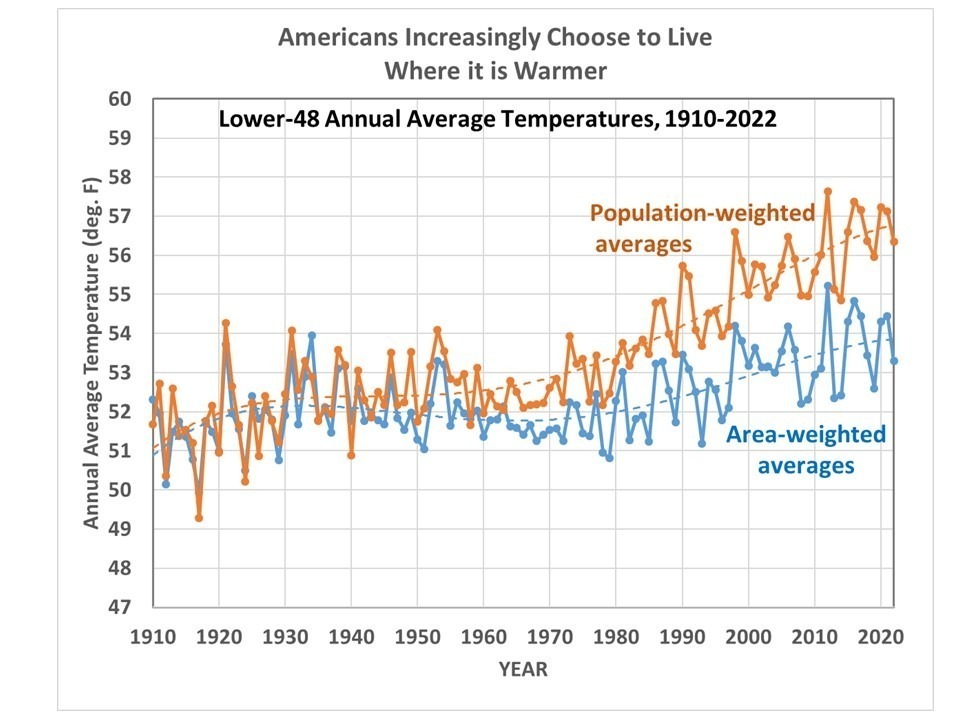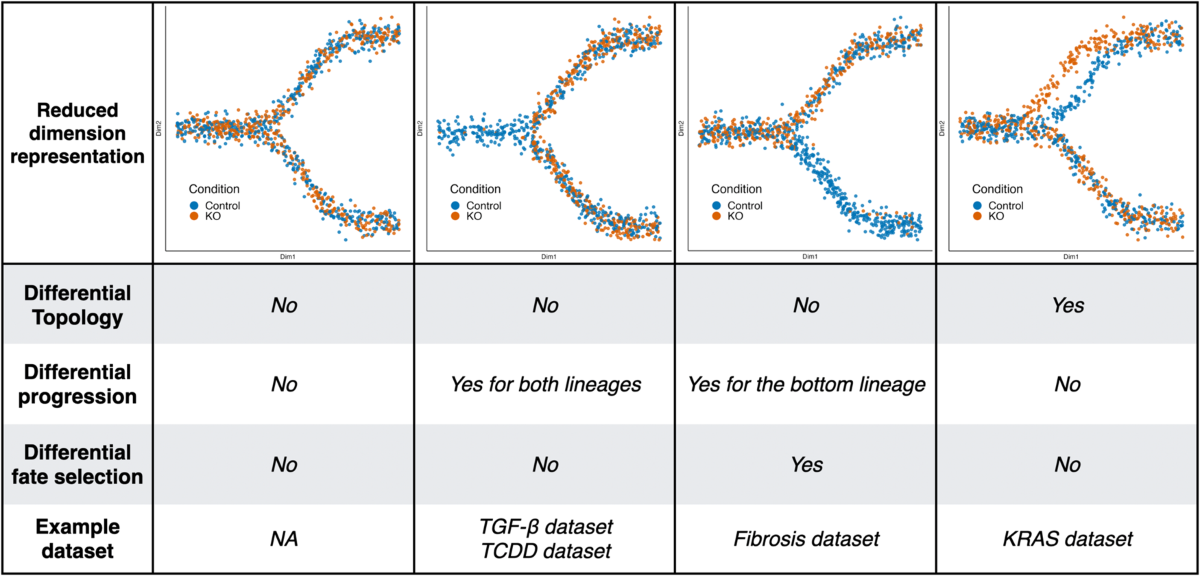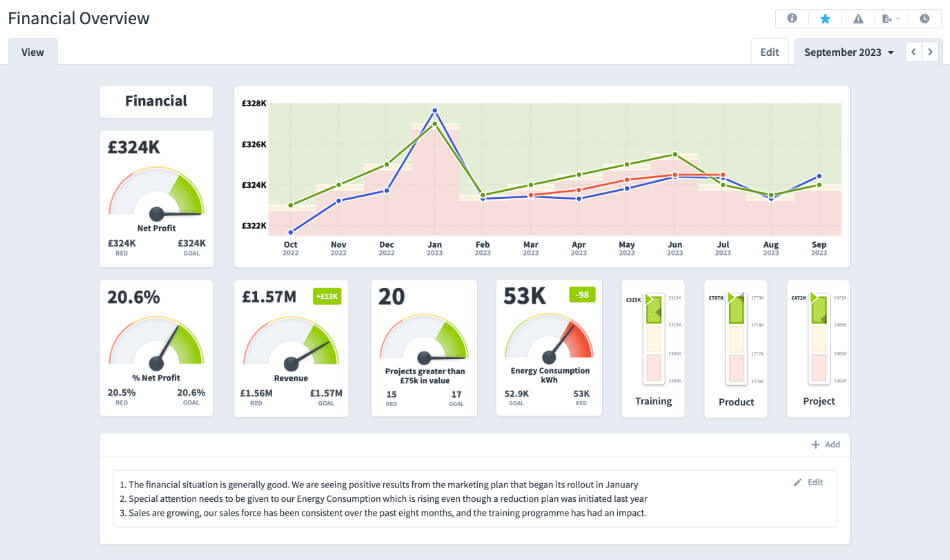Visualizing the Greek Debt Crisis Warning Signs
Lessons for Global Economic Stability
The Greek debt crisis didn't appear overnight. Through visual analysis of economic data patterns from as early as the 1960s, we can identify crucial warning signs that could help prevent similar economic disasters in the future.
Understanding the Greek Economic Collapse Through Visual Data
When I look back at Greece's economic collapse, what strikes me most is how clearly the warning signs were visible in the data decades before the crisis hit. Between 1960-1970, the GDP growth patterns were already showing troubling indicators that, if properly visualized and analyzed, could have prompted earlier intervention.

What makes this particularly fascinating is how wall street financial crises pattern recognition techniques could have identified these issues. According to research published on arXiv, the growth rate of Greece's economy was "strongly unstable" long before the actual collapse.
Greek GDP Growth Rate Instability (1960-2010)
The chart below demonstrates the erratic nature of Greece's GDP growth rate over five decades, highlighting the unsustainable pattern:
What's particularly concerning when examining this data is the pseudo-hyperbolic trajectory that developed. This mathematical pattern created an economic path that was fundamentally unsustainable. In simple terms, the economy was growing in a way that would have required infinite resources to maintain – an obvious impossibility.
By visualizing these patterns, I can see how the Greek economy was essentially programmed for collapse decades before the actual crisis materialized. The mathematical trajectory shows that the same GDP increase that took decades to achieve would eventually need to happen in just 5 years, then push to infinity in just 5 more years – a clear indicator of impending economic disaster.
Critical Economic Warning Patterns Worth Visualizing
When I analyze economic stability, I find that the relationship between GDP size and growth rate instability is one of the most telling indicators of trouble ahead. In Greece's case, visualizing this relationship reveals a critical pattern that economists should watch for in any economy.

The mathematical impossibility of Greece's pre-crisis trajectory becomes evident when we visualize it properly. Let me show you what I mean with this diagram that maps the relationship between growth rate and GDP size:
flowchart TD
A[GDP Size] -->|Influences| B[Growth Rate]
B -->|Should remain stable or
decrease slightly with| A
C[Warning Sign: Linear
Increase in Growth Rate] -->|Creates| D[Pseudo-hyperbolic
Trajectory]
D -->|Contains| E[Mathematical
Singularity]
E -->|Results in| F[Economic
Collapse]
subgraph "Healthy Economy Pattern"
G[Stable or Decreasing
Growth Rate] -->|Sustainable
Growth| H[Long-term
Stability]
end
subgraph "Greek Crisis Pattern"
I[Linearly Increasing
Growth Rate] -->|Unsustainable
Growth| J[Inevitable
Collapse]
end
What's fascinating about economic forecasts visual scenarios is how they can transform these complex warning signs into accessible narratives. The key insight from Greece's case is that any economic growth characterized by a consistently increasing growth rate should be avoided if possible.
Comparing Stable vs. Unstable Economic Growth Patterns
This visualization compares sustainable economic growth trajectories with the unsustainable pattern observed in pre-crisis Greece:
In particular, I've observed that economic growth with a growth rate increasing linearly with GDP size follows a pseudo-hyperbolic trajectory containing a mathematical singularity. This forces the economy toward an impossible infinite value at a fixed time point. When visualized properly, this pattern becomes unmistakable and serves as a clear warning sign for policymakers.
Data Visualization as Preventive Economic Intelligence
I believe modern data science could have dramatically changed Greece's economic trajectory if applied early enough. By transforming abstract economic concepts into clear visual indicators, we create powerful tools for policymakers to recognize dangerous patterns before they become crises.
Visual pattern recognition techniques are particularly valuable for identifying warning signs in economic data. When I look at how these techniques could be applied to contemporary economies, I see enormous potential for crisis prevention.

Using PageOn.ai's powerful visualization capabilities, we can create economic dashboards that highlight critical threshold violations in real-time, making complex economic data accessible to decision-makers with varying levels of technical expertise.
Economic Warning System Dashboard Components
flowchart TD
A[Real-time Data Inputs] --> B[Data Processing Engine]
B --> C{Pattern Recognition
Analysis}
C --> D[Growth Rate
Stability Monitor]
C --> E[Debt-to-GDP
Trajectory]
C --> F[Economic Singularity
Detection]
C --> G[Market Correlation
Analysis]
D & E & F & G --> H[Warning Level
Classification]
H --> I[Visual Dashboard
Output]
I --> J[Early Warning
Indicators]
I --> K[Medium-term
Risk Projections]
I --> L[Long-term
Sustainability Index]
style A fill:#f9f9f9,stroke:#FF8000,stroke-width:2px
style I fill:#f9f9f9,stroke:#FF8000,stroke-width:2px
These visualization systems would be particularly valuable for monitoring economies with similarities to pre-crisis Greece. By creating economic dashboards that track growth rate patterns, debt trajectories, and other key indicators, we can provide early warnings when an economy begins to show signs of an unsustainable path.
The key advantage of this visual approach is that it makes complex economic patterns immediately recognizable to non-specialists. Rather than requiring deep mathematical understanding, decision-makers can quickly identify when an economy is approaching dangerous territory through clear visual cues and warning indicators.
From Historical Crisis to Future Prevention
When I examine today's global economy, I can identify several regions showing warning signs similar to pre-crisis Greece. By visualizing these parallel patterns, we create powerful tools for proactive economic intervention.

Creating visual scenarios to model intervention impacts is one of the most powerful applications of economic visualization. By mapping potential outcomes at different crisis stages, policymakers gain valuable insights into optimal intervention timing and approaches.
Intervention Timing Impact on Economic Recovery
This chart demonstrates how intervention timing dramatically affects recovery trajectory and overall economic impact:
I find it particularly valuable to map the cascading effects of debt crises across interconnected global markets. When visualized properly, these connections reveal how economic instability in one region can trigger wider systemic problems – something increasingly relevant in our interconnected global economy.
By using PageOn.ai's visualization tools, we can transform complex economic relationships into clear, actionable insights. This allows policymakers to understand not just the immediate impacts of economic decisions but also their potential second and third-order effects across global markets.
Building a Visual Early Warning System for Global Economies
I believe designing effective visual indicators for economic stability requires careful attention to growth rate consistency and sustainability. When developing these systems, I focus on creating accessible visualizations that translate complex economic data for public understanding.
Developing interactive models that demonstrate the long-term consequences of economic policy decisions is one of the most powerful applications of visualization technology. These models allow policymakers and the public to see how today's decisions shape tomorrow's economic reality.
Key Components of an Economic Early Warning System
graph TD
A[Data Collection] --> B[Pattern Analysis]
B --> C[Warning Threshold
Configuration]
C --> D[Visual Alert System]
D --> E[Green Zone:
Stable Growth]
D --> F[Yellow Zone:
Early Warning Signs]
D --> G[Red Zone:
Critical Intervention
Required]
E --> H[Sustainable
Trajectory]
F --> I[Policy Adjustment
Recommended]
G --> J[Immediate
Intervention
Required]
subgraph "Key Monitored Indicators"
K[GDP Growth
Rate Stability]
L[Debt-to-GDP
Ratio Trajectory]
M[Current Account
Balance Trends]
N[Fiscal Policy
Sustainability]
end
K & L & M & N --> B
When implementing visual threshold alerts for economic indicators, I find it essential to create clear danger zones that prompt immediate attention. These systems must be designed for both technical experts and policymakers without specialized economic training.
Economic Stability Radar Chart
This visualization compares multiple economic health indicators against established warning thresholds:
Using PageOn.ai's visualization tools, we can create these early warning systems in a way that makes complex economic relationships immediately apparent. The visual nature of these tools helps bridge the gap between technical economic analysis and practical policy implementation – something that was critically missing in the lead-up to Greece's economic crisis.
Learning Through Visual Comparison
When I compare Greece's crisis patterns with historical examples like the Great Depression visualization, I find striking similarities in the warning signs that preceded both events. Side-by-side visualizations reveal common patterns that transcend specific historical contexts.
Creating visual frameworks to compare debt crisis warning signs across different economies helps identify universal indicators of trouble. These frameworks allow us to see how similar mathematical patterns can manifest despite different cultural, political, and economic contexts.
Crisis Pattern Comparison: Greece vs. Historical Examples
I find it particularly valuable to study cases where early warning signs were successfully heeded. These success stories provide valuable templates for effective economic intervention and crisis prevention.
Using PageOn.ai's visualization capabilities, we can create powerful comparative analyses that make these historical patterns immediately apparent. This approach helps policymakers recognize danger signs early and respond appropriately before a full crisis develops.
When considering the global economy 2025 outlook, these visualization techniques become even more valuable. By applying the lessons learned from Greece's crisis to current economic data, we can identify potential trouble spots before they develop into full-blown crises.
The power of visual comparison extends beyond just historical analysis. By monitoring contemporary economies for patterns similar to pre-crisis Greece, we create an early warning system that can help prevent future economic disasters. This approach is particularly relevant given ongoing concerns about debt sustainability in several major economies.
Transform Your Economic Analysis with PageOn.ai
Visualize complex economic data patterns, identify warning signs, and create compelling visual narratives that make economic concepts accessible to everyone. PageOn.ai's powerful visualization tools help you transform abstract economic data into clear, actionable insights.
Final Thoughts: Learning from the Past
When I look back at Greece's economic crisis, what strikes me most is how clearly the warning signs were visible in the data decades before the collapse. The patterns were there in plain sight – they just weren't visualized effectively enough to prompt timely intervention.
Today, we have both the data and the visualization tools to prevent similar crises. By applying modern data visualization techniques to economic monitoring, we can create early warning systems that make dangerous patterns immediately apparent to policymakers and the public alike.
The lessons from Greece's experience are clear: mathematical patterns in economic data can predict crises decades before they happen. With tools like PageOn.ai, we can transform these abstract patterns into clear visual narratives that prompt timely intervention.
By learning from Greece's experience and leveraging the power of modern data visualization, we can work toward a more stable global economic future – one where crises are identified and addressed long before they can cause widespread economic damage.
You Might Also Like
Transforming Marketing Teams: From AI Hesitation to Strategic Implementation Success
Discover proven strategies to overcome the four critical barriers blocking marketing AI adoption. Transform your team from hesitant observers to strategic AI implementers with actionable roadmaps and success metrics.
Bridging Worlds: How Diffusion Models Are Reshaping Language Generation | PageOn.ai
Explore the revolutionary convergence of diffusion models and language generation. Discover how diffusion techniques are creating new paradigms for NLP, bridging visual and linguistic domains.
Unleashing the Power of Agentic Workflows: Visual Clarity for Complex AI Processes
Discover how to transform complex agentic workflows into clear visual representations. Learn to design, implement and optimize AI agent processes with PageOn's visualization tools.
The Visual Evolution of American Infrastructure: Canals to Digital Networks | PageOn.ai
Explore America's infrastructure evolution from historic canal networks to railroads, interstate highways, and digital networks with interactive visualizations and timelines.
